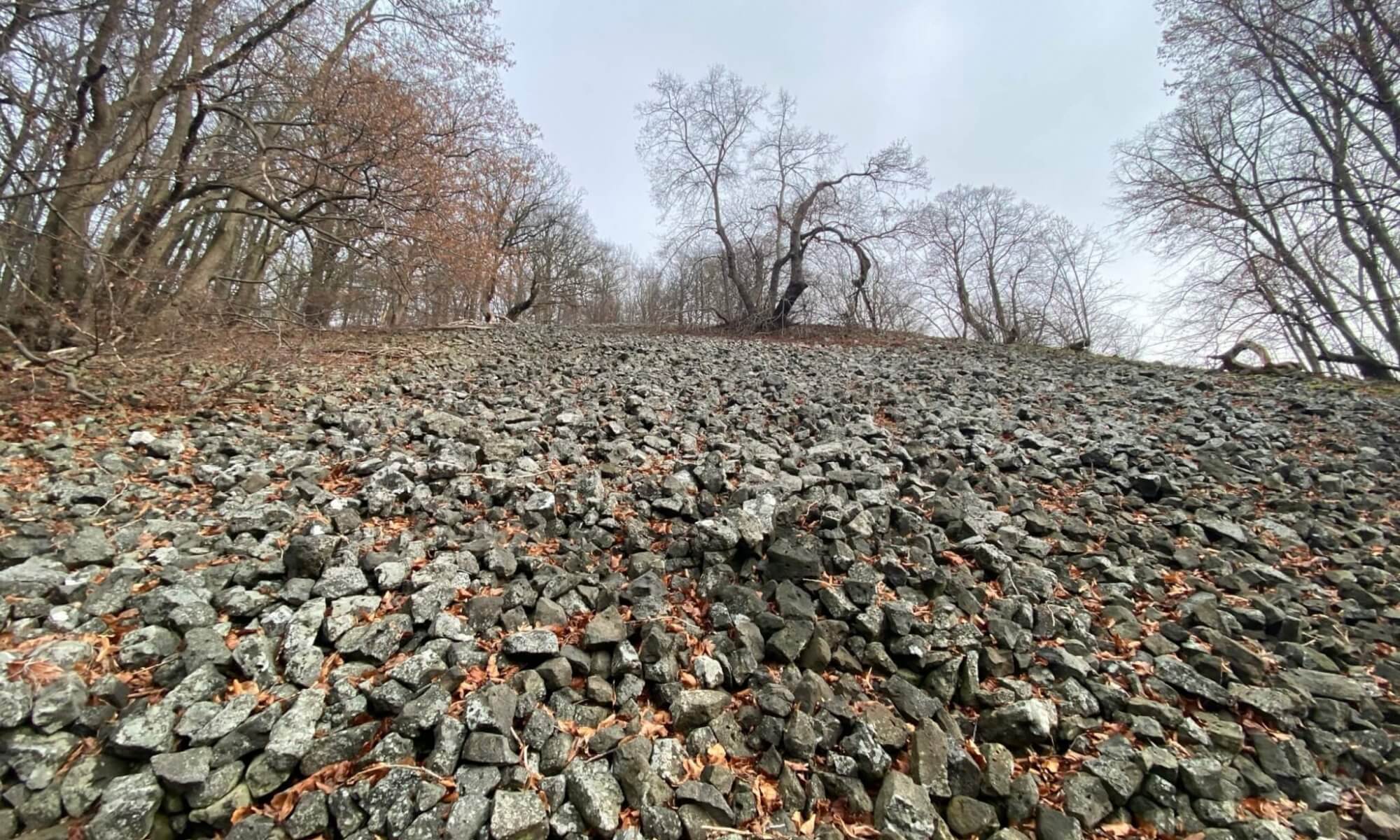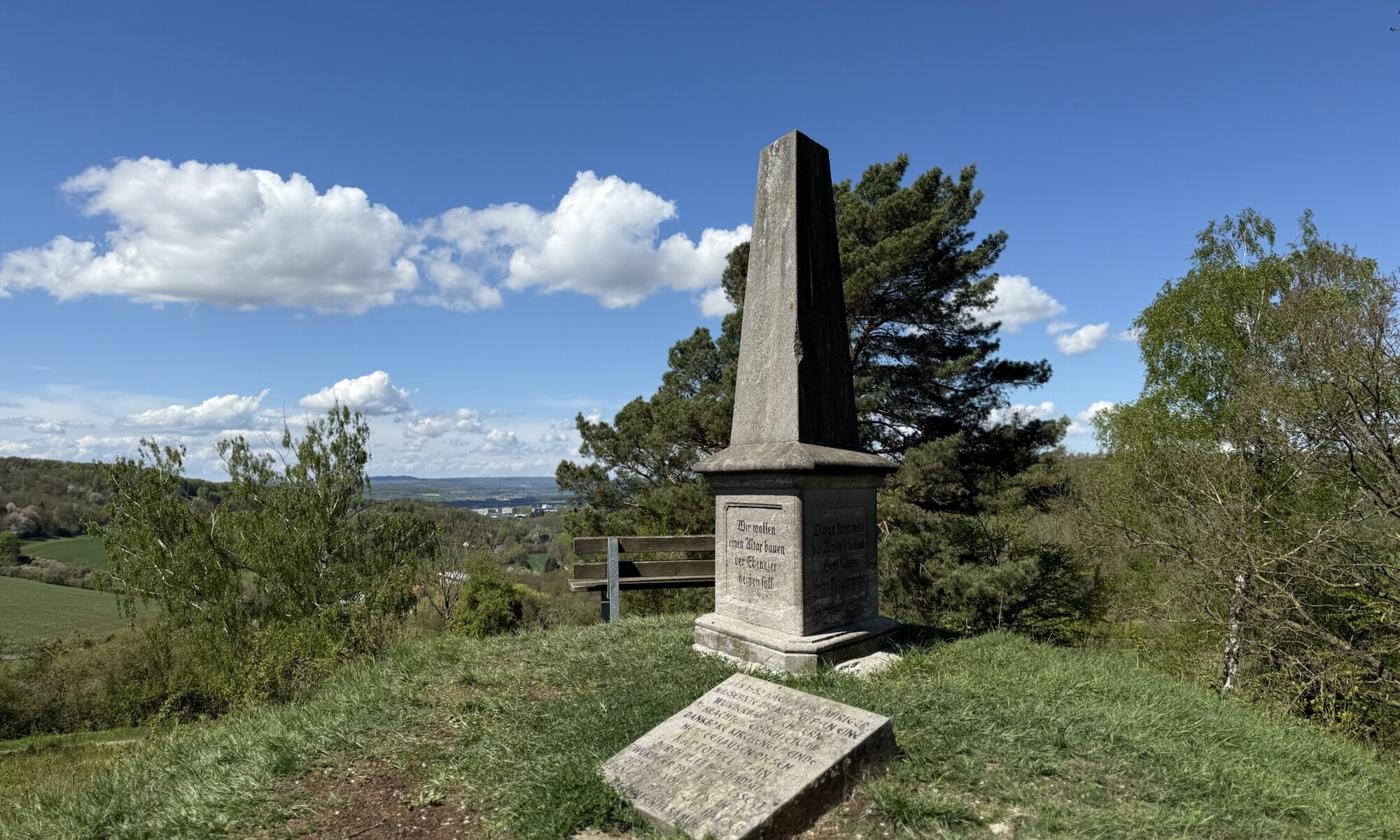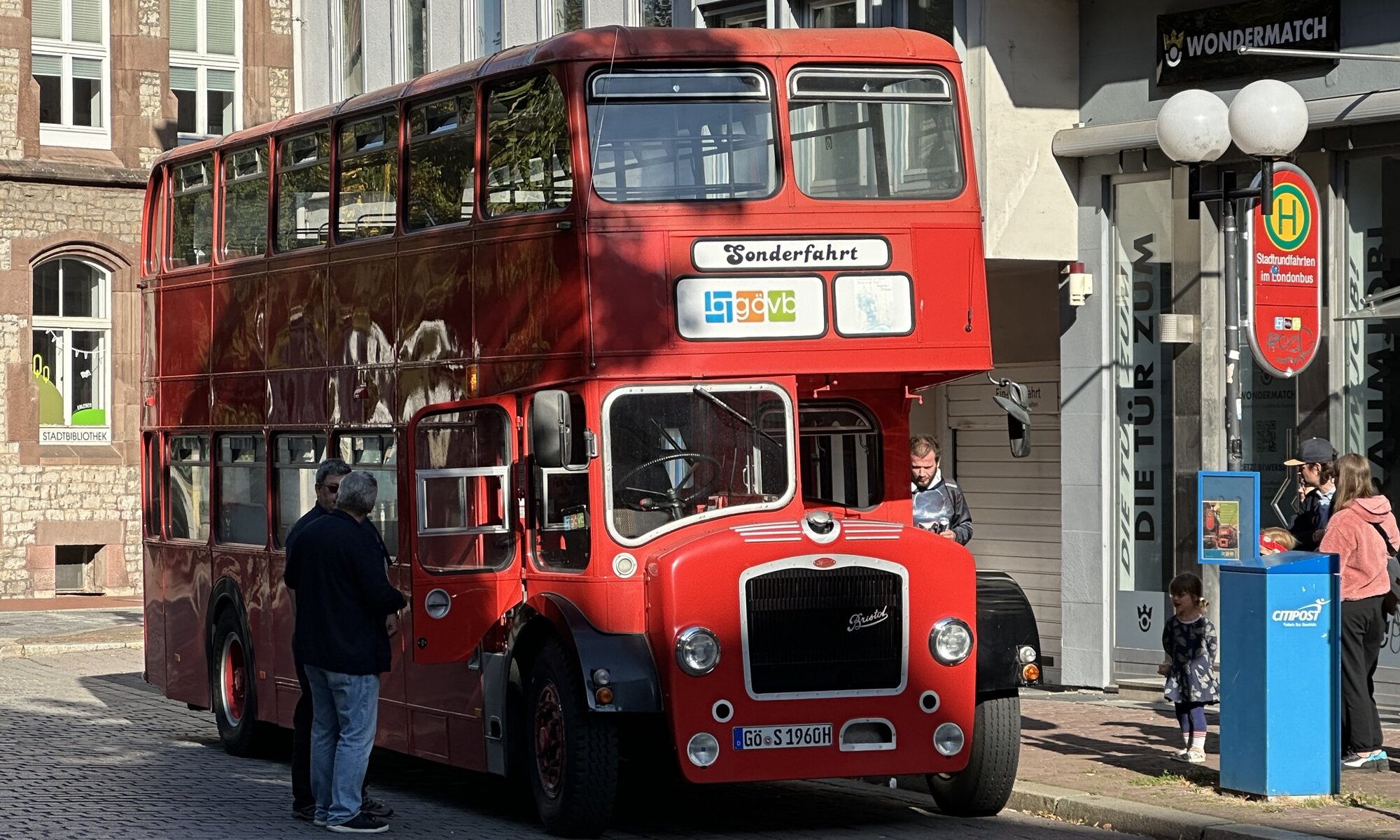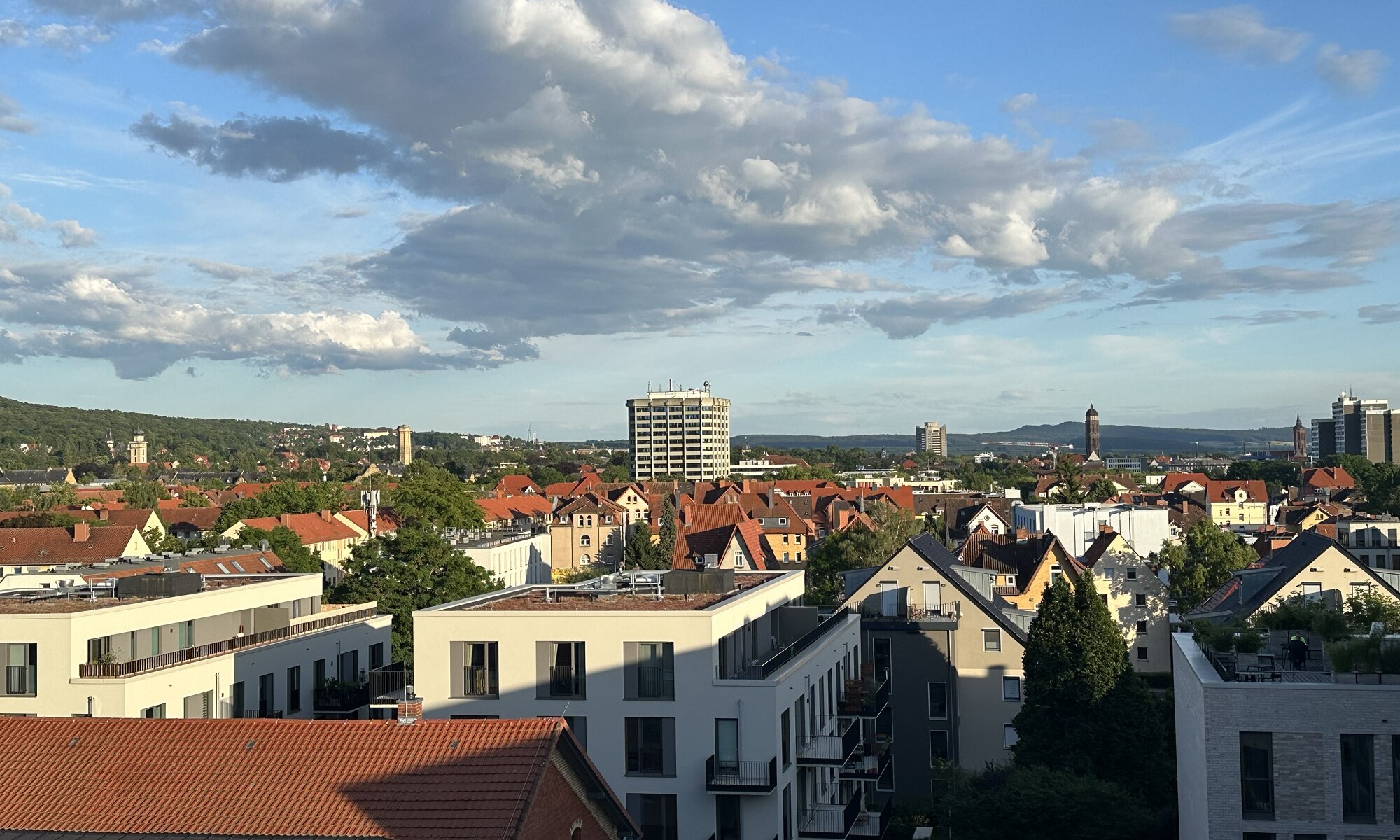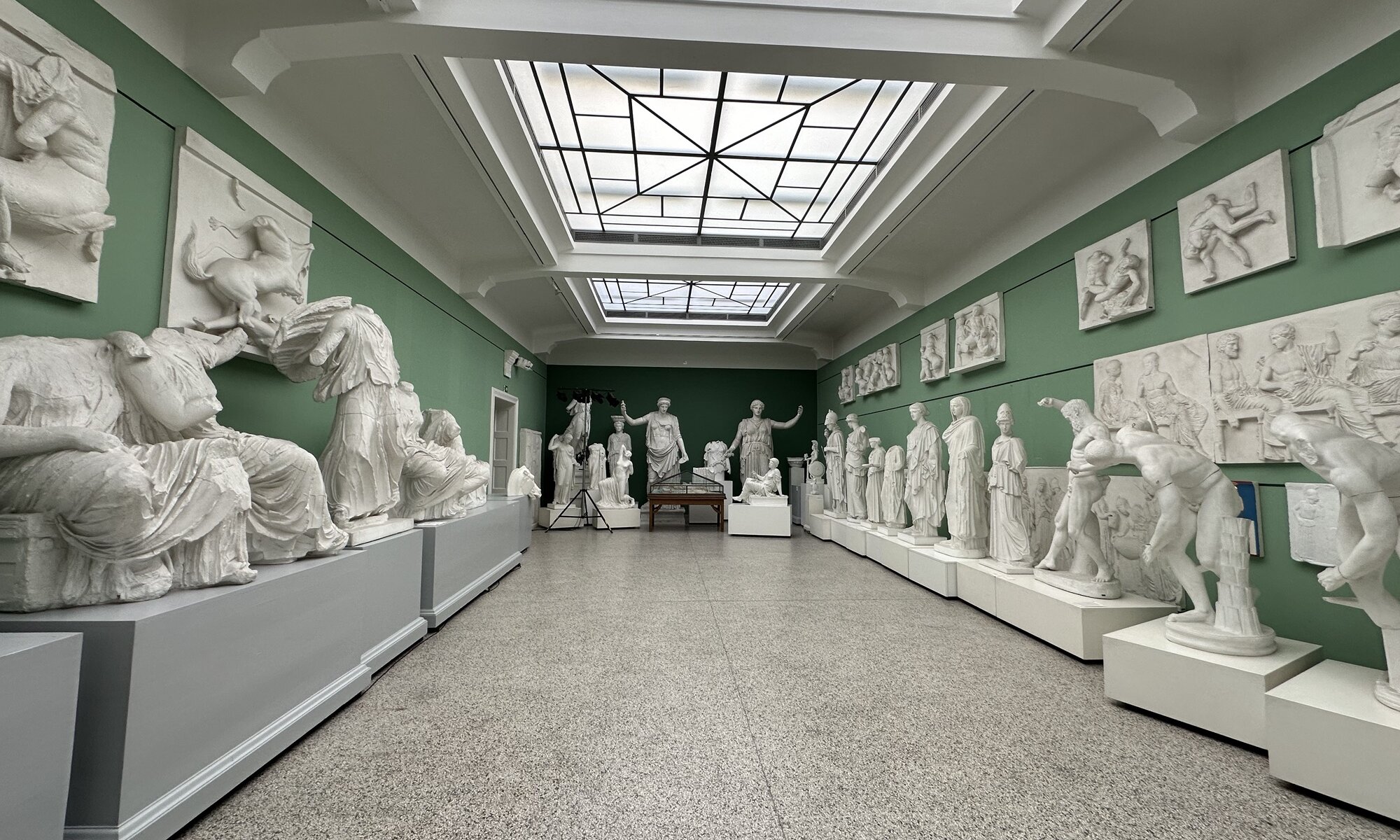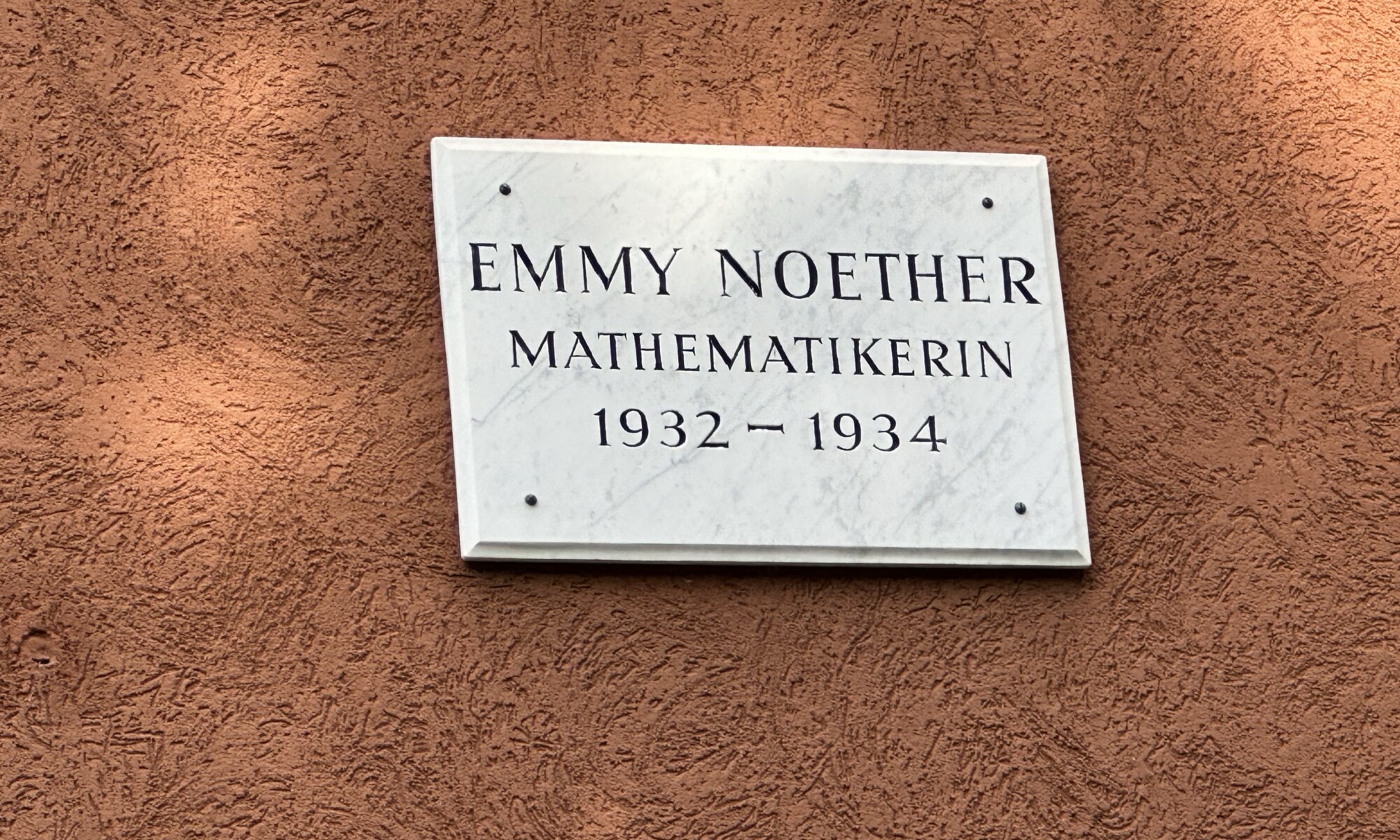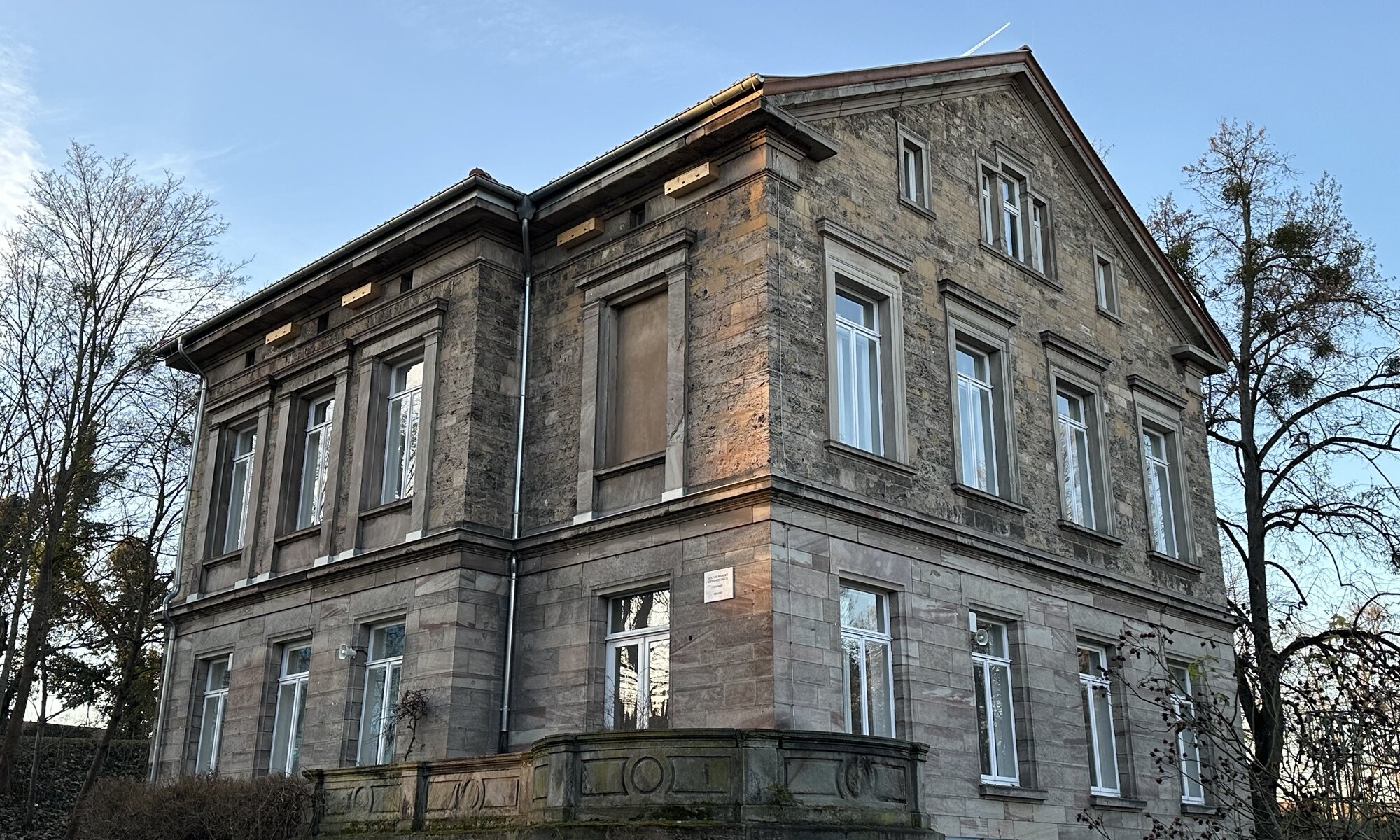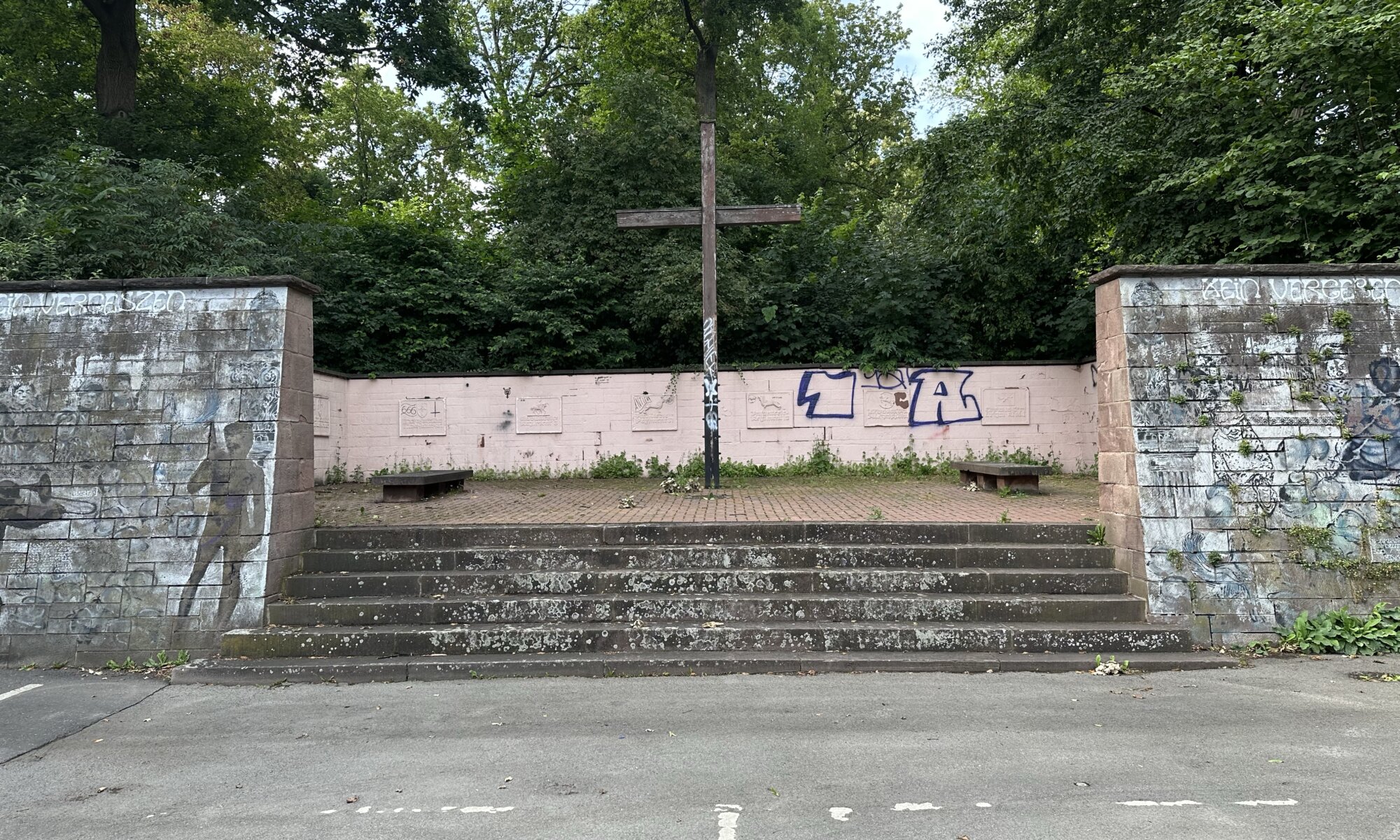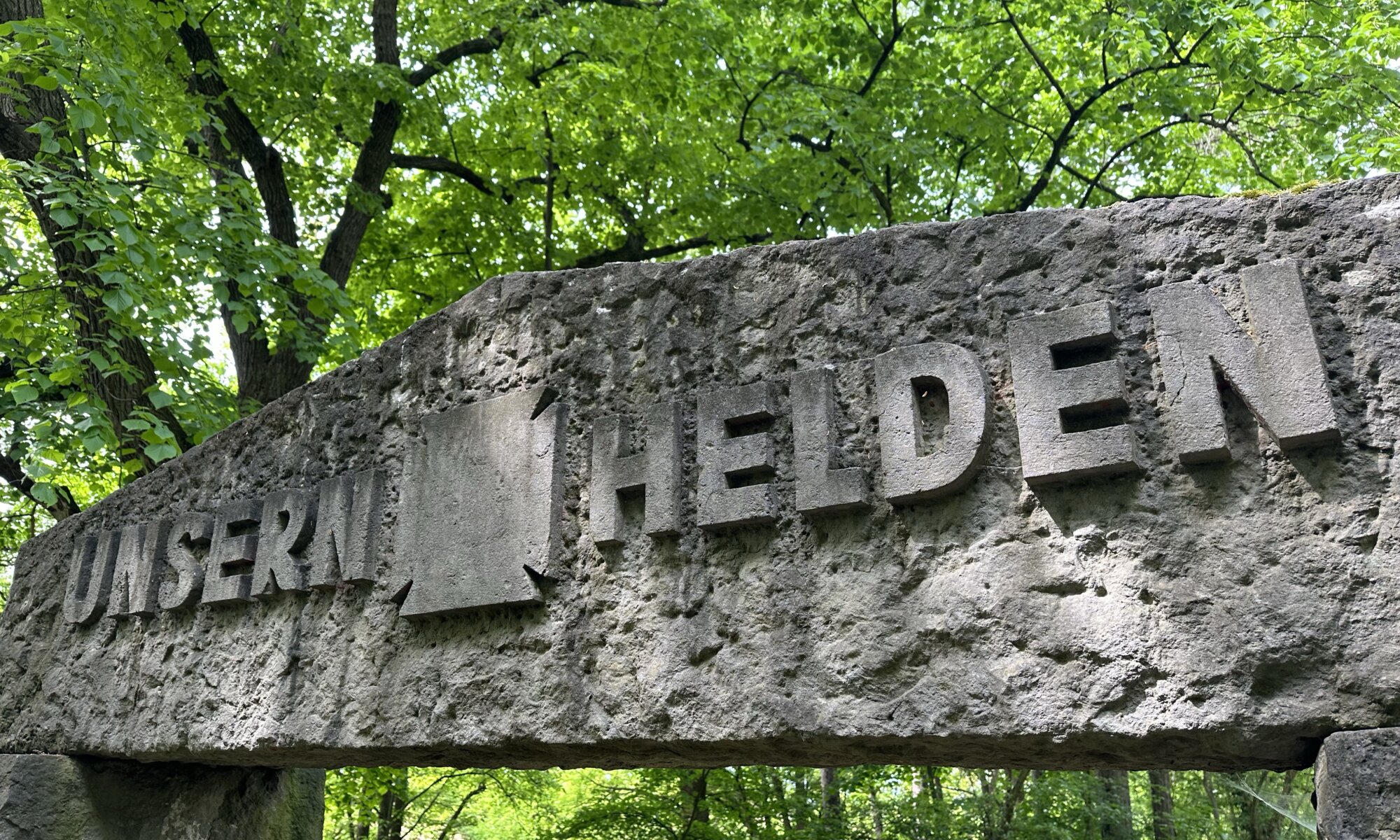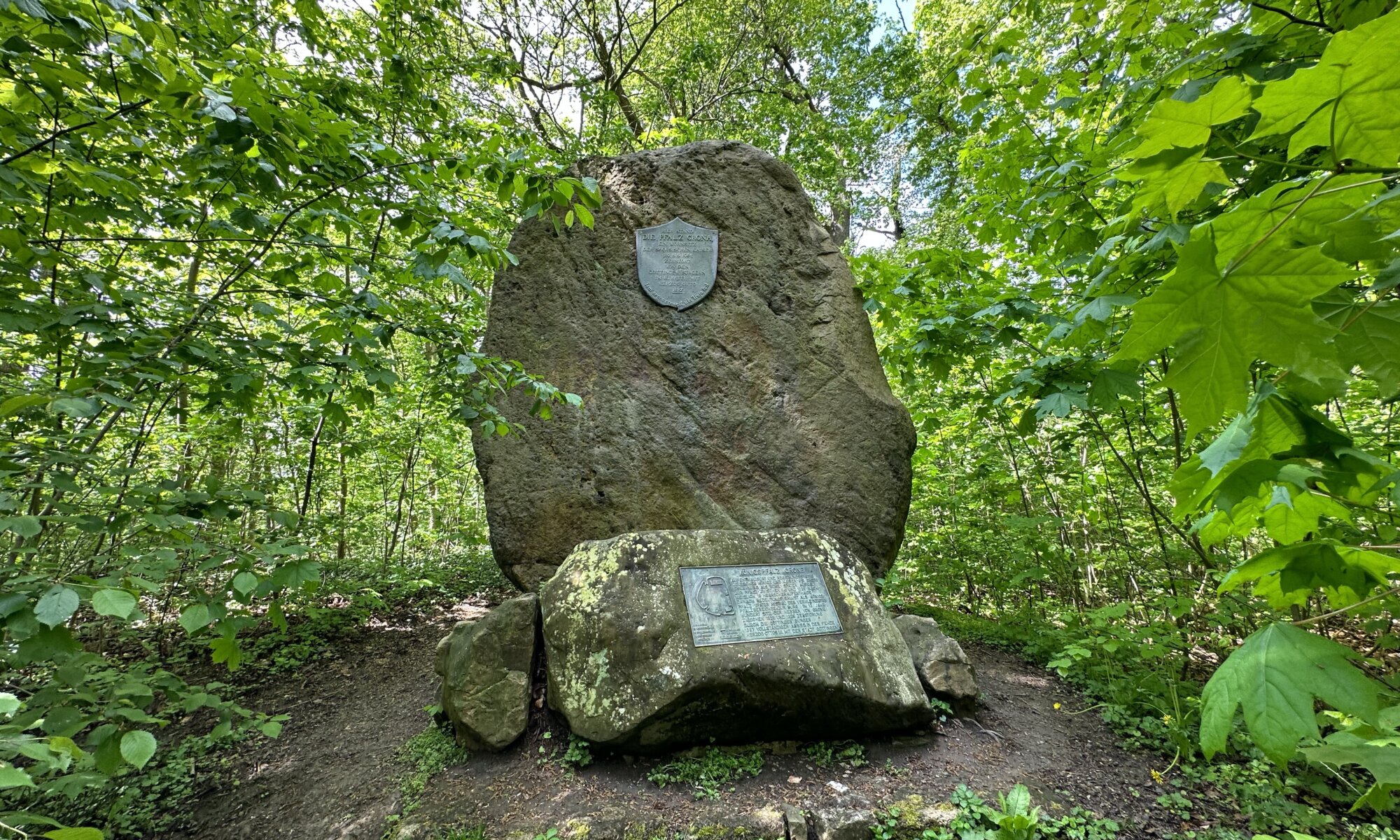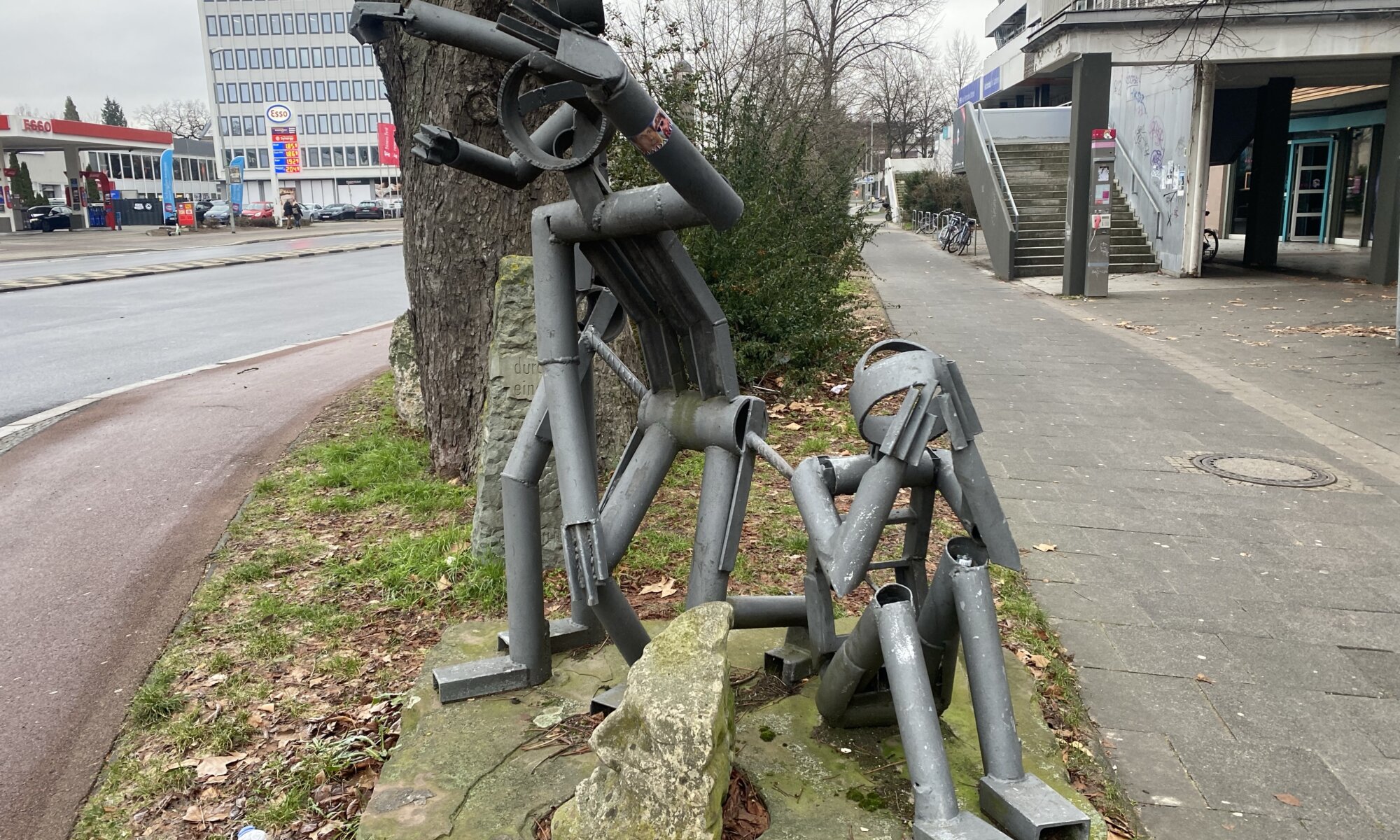The Kartoffelstein near Herberhausen is a commemorative stone that was erected in 1852 by the Herberhausen parish. The occasion was the end of a severe famine caused by several successive potato crop failures, especially in 1846. After a finally successful potato harvest, the community set up this stone as a sign of gratitude. The original stone, an old gravestone from the Roringen cemetery, was damaged several times by lightning and was reworked in 1937 and replaced in 1966 by a weatherproof version made of shell limestone.
Continue reading “Kartoffelstein”Miss Marple
As in every German city, right-hand traffic is the rule of the road at Göttingen and therefore also bus stops are always on the right-hand side. But there is one bus stop that is on the left hand-side: the one for city tours with a classic London bus behind the old town hall. The bus company of the city (Göttinger Verkehrsbetriebe, GöVB) has acquired an old iconic red bus built in the United Kingdom in 1960. It is named ‘Miss Marple‘ after Agatha Christie’s fictional character and it is the gem of their fleet; something they really need to care about as spare parts aren’t available anymore for this classic.
Continue reading “Miss Marple”Nordstadt
There aren’t many spots from which you can enjoy great views on the city center of Göttingen: you can get to the canteen of the Neues Rathaus, access the small terrace of the Kunsthaus or get on top of the Bismarckturm. But none of them normally gives you the chance to have a delicious sundowner while focusing the university town’s skyline. Fortunately, the FREIgeist hotel brings good food and drinks to the Nordstadt of Göttingen – an area in the past not known for fine dining and great cocktails. It has indeed the only real rooftop bar of the city, so get a drink and enjoy sundown!
Continue reading “Nordstadt”Gipsabgußsammlung
No time to visit the Louvre, the British Museum, the Prado and the Musei Vaticani? Fortunately the university of Göttingen has the oldest collection of replicas of statues of the classical era – and still today it is one of the largest collections in the world. The 2,000 plaster casts stored by the archaeological institute show works exhibited in 150 museums around the globe. 1,000 of them are permanently on display, including the Venus de Milo, the Winged Victory of Samothrace and Laocoön and His Sons. The collection of mostly Roman and Greek statues was started by professor Christian Gottlob Heyne in the year 1767 for his own lectures.
Continue reading “Gipsabgußsammlung”Abstract algebra
Amalie Emmy Noether is probably the most important woman in the history of mathematics and left a strong footprint in modern algebra. She did so facing strong resistance caused by the fact that she was a woman, Jewish, and on the left politically. Emmy Noether was born at Erlangen in 1882 and started her studies at Göttingen. She returned to Erlangen after one semester until she received her PhD in mathematics there.
Continue reading “Abstract algebra”Oppenheimer
When in 2023 Christopher Nolans movie Oppenheimer came to cinemas worldwide the history of Julius Robert Oppenheimer also came back to focus. How should he be remembered? As a genius physicist? Or is the leader of the Manhattan project and creator of the first atomic bomb, the destroyer of the worlds (a quote from the Bhagavad Gita), responsible for the death of so many people at Hiroshima and Nagasaki? Or did he save many lives by helping to end World War II (as he stated himself); at a point in time when Nazi Germany already had surrendered? A question also relevant for the city of Göttingen, as Oppenheimer was living and working there for some time.
Continue reading “Oppenheimer”Rosengarten
The Rosengarten (rose garden) of Göttingen is a forgotten place close to the new town hall building and the city center, just behind the Wallanlagen. Some people might walk from the Cheltenhampark via the Albanifriedhof to the Rosengarten and discover lots of beautiful roses there – but it is typically not a place you’re visiting on purpose. Younger citizens might remember that school’s out parties where once celebrated there, others might have been at this place because it is the schoolyard of the Bonifatiusschule.
Continue reading “Rosengarten”Stumpfe Eiche
Today Weende is a city quarter of Göttingen, Germany. It was an independent community until 1964 and as such it was (and it is still) remembering its fallen soldiers in both World Wars. In 1956 the stonemason August Voss had created a memorial made of sandstone which was placed in a small forest in a region called Stumpfe Eiche (after the former local name vor der stuven Eichen, referring to stubs of oaks once standing there). It is today a bit hidden, but you can see steps leading you from the street level into the forest. There the memorial is surrounded by seats. It is a nice place, but a problematic memorial.
Continue reading “Stumpfe Eiche”Pfalz Grona
In former times the kings and emperors in Germany didn’t have permanent seats, they had royal palaces spread out over their realm and were travelling between them. From 915 to 1387 one of these places called Königspfalz or Kaiserpfalz was located on the territory of Göttingen, the Pfalz Grona (also known as Burg Grona). It is one of the roots of the city quarter Grone (even as today it belongs to the Weststadt) and kings and queens, emperors and empresses were enjoying their stays there – but it is mostly forgotten. There are only street names remembering the past (Pfalz-Grone-Breite, Burg Grona, Unter der Pfalz) and a memorial stone hidden in the forest on top of the Hagenberg mountain.
Continue reading “Pfalz Grona”Fighting fascism
To engage in politics belongs to the DNA of Göttingen, Germany. Every week you’ll see rallies and demonstrations on local, national and international topics. The city has today a strong left scene which is because of the importance of the university (of the 120,000 inhabitants 30,000 are students), but also as a reaction to the fact that the city during Nazi times embraced the NSDAP fast. Already in 1930 the Nazi party received 37.8 % of the local votes.
Continue reading “Fighting fascism”